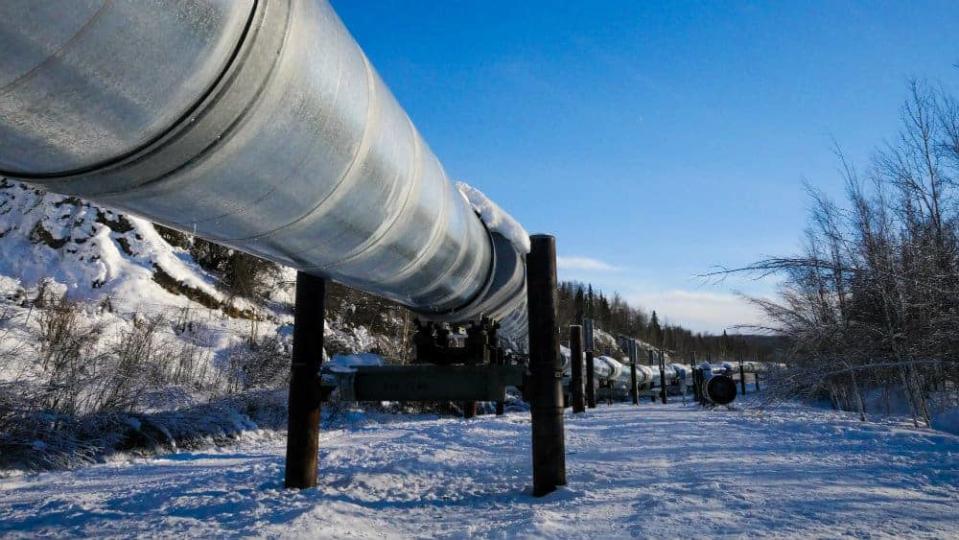1 Best-of-Breed Oil Stock to Buy Today

Despite oil’s latest gyrations investors seeking to profit from petroleum should buy Parex Resources (TSX:PXT) today. Colombia-focused Parex is one of the very few upstream oil explorers and producers to pull through the protracted slump in crude in solid shape. That can be attributed to its high-quality oil properties, robust balance sheet and low costs, which means that it has been able to remain profitable in a challenging operating environment where many other driller’s have posted significant losses.
Quality assets
Parex owns 2.2 million gross acres in Colombia’s Llanos and Magdalena oil basins. It was one of the few Canadian junior oil companies to bet heavily on investing in Colombia when the country was viewed as extremely risky by many foreign investors because of high geopolitical risk and a weak central government. Colombia’s government has focused on enhancing security over the last two decades and the historic 2016 peace deal with the largest guerilla group the FARC led to a significant improvement in security.
Since commencing operations in Colombia in 2009, Parex has expanded its oil reserves and production at a solid clip. By the end of 2018, the driller’s reserves had a five-year compound annual growth rate (CAGR) of 29%, while production over that period has a 15% CAGR.
The latest quarterly results indicate that the driller will be able to maintain that outstanding growth. First-quarter 2019 oil production expanded by an impressive 26% year over year to an average of 51,208 barrels daily. While weaker realized oil prices impacted Parex’s earnings, it still reported a notable netback, which is a key measure of operational profitability, of US$36.17 per barrel of crude pumped.
That is significantly higher than the netbacks generated by upstream oil producers operating solely in North America. Crescent Point Energy and Whitecap Resources, which are low-cost light and medium oil producers operating in Canada, reported first quarter netbacks of $33.95 and $29.32 per barrel respectively.
This highlights the substantial profitability of Parex’s developed producing oil assets, even in the difficult operating environment currently being experienced. That can be attributed to their low decline rates, cheaper operating costs and the company’s ability to access premium Brent pricing.
Brent, the international reference prices. trades at a substantial premium to the North American benchmark West Texas Intermediate (WTI) of around US$10 a barrel. This gives international oil producers a handy financial advantage over those operating in North America and particularly Canada, where growing oil inventories caused by a lack of pipeline capacity are causing domestic benchmark prices to trade at a discount to WTI. There is every indication that this significant premium will continue for the foreseeable future.
Notably, amid an operating environment where the outlook for crude has improved, Parex is growing production. The strong first-quarter expansion in production places it on track to achieve 2019 forecast average daily output of around 53,000 barrels, which represents an impressive 19% increase over 2018. That, combined with a focus on controlling costs including reducing lifting as well as transportation expenses and firmer oil, will give earnings a solid boost.
The ongoing success of Parex’s drilling program points to further reserves growth. The company reported that it had participated in the drilling of eight wells during the first quarter with an enviable 100% success rate.
Impressively, Parex expects its drilling program and subsequent production growth to be self-funding. This will ensure that the driller can maintain its pristine balance sheet that includes no debt and a whopping US$433 million in cash as at the end of the first quarter.
That significant cash holding will not only ensure that Parex can fund its 2019 capital program, but will also continue the share buyback where it is acquiring around 75,000 shares daily. Management commenced the buyback as a means of unlocking value and to take advantage of a depressed stock price, which it believes does not represent Parex’s true fair-value.
Putting it together for investors
Oil stocks have been on the nose for some time, and even once-mighty investor darlings like Crescent Point have come crashing to earth. Parex however, has consistently demonstrated that no matter how difficult the operating environment that it can deliver value for investors. Now that the climate surrounding oil and energy stocks has warmed up, it’s time to buy this high-quality intermediate upstream oil producer.
More reading
Get $250 a Month in Passive Income From This Little-Known REIT
Make a Lifetime of Growing Passive Income With These 2 Quality REITs
Fool contributor Matt Smith has no position in any of the stocks mentioned.
The Motley Fool’s purpose is to help the world invest, better. Click here now for your free subscription to Take Stock, The Motley Fool Canada’s free investing newsletter. Packed with stock ideas and investing advice, it is essential reading for anyone looking to build and grow their wealth in the years ahead. Motley Fool Canada 2019

 Yahoo Finance
Yahoo Finance 